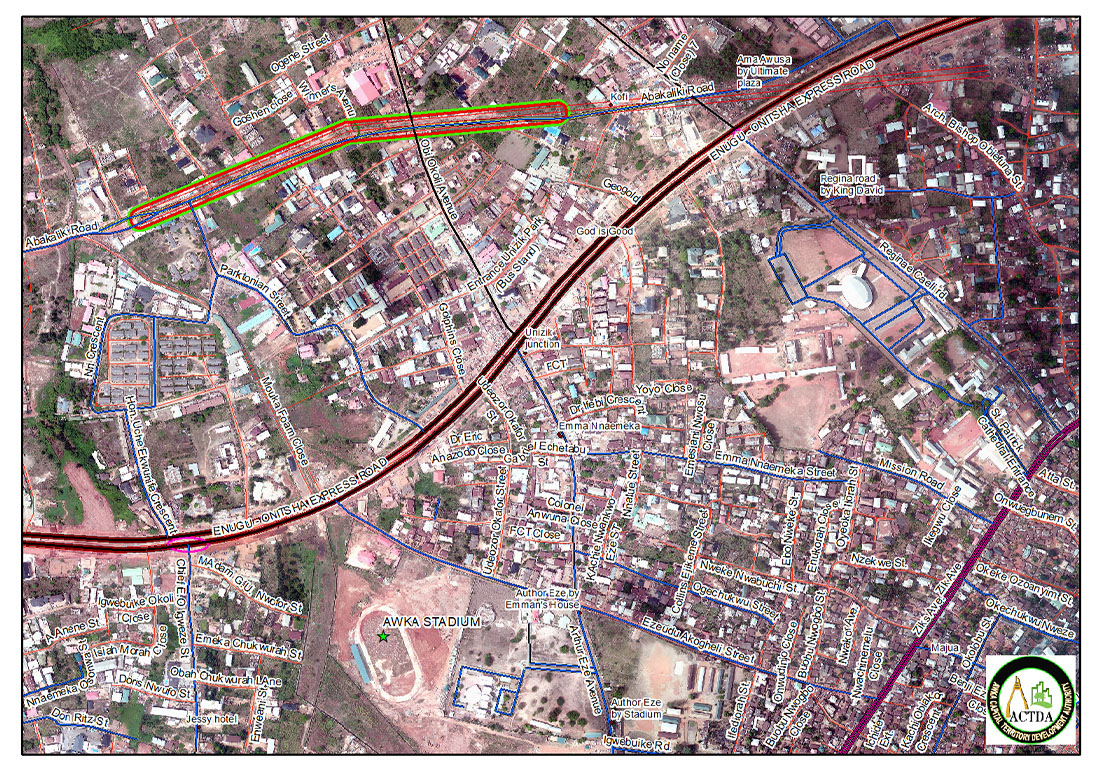Introduction
Sustainable transportation is a critical aspect of city planning and development, especially for agencies like ACTDA, which are at the forefront of shaping the future of urban environments. Sustainable transportation encompasses a range of practices and technologies designed to reduce the environmental impact of commuting and transit, improve public health, and enhance the quality of life for all city residents.
Definition and Importance
Sustainable transportation refers to systems that offer multiple benefits: they are environmentally friendly, cost-effective, and accessible. This includes public transit options like buses and trains, cycling and pedestrian pathways, and the use of electric or hybrid vehicles. The goal is to create a transportation network that supports economic development while minimizing carbon emissions and pollution.
Strategies for Implementation
- Public Transit Expansion: Enhancing the capacity and coverage of public transit networks to make them a more convenient option for residents.
- Non-Motorized Transport: Developing infrastructure for walking and cycling to promote these healthy and zero-emission modes of transport.
- Electric Mobility: Encouraging the use of electric vehicles (EVs) by increasing the availability of charging stations and offering incentives for EV purchases.
- Urban Planning: Integrating land use and transportation planning to create compact, walkable communities that reduce the need for long commutes.
- Policy and Incentives: Implementing policies that promote sustainable transport options, such as congestion pricing, low-emission zones, and parking regulations.
Benefits
- Environmental: Reduced greenhouse gas emissions and improved air quality.
- Economic: Lower transportation costs for individuals and reduced infrastructure maintenance expenses for cities.
- Social: Increased accessibility to jobs, education, and services, especially for disadvantaged groups.
- Health: Improved public health outcomes due to reduced pollution and more active lifestyles.
Challenges and Solutions
- Funding: Securing investment for sustainable transportation projects can be challenging. Solutions include public-private partnerships and leveraging federal or state grants.
- Behavior Change: Encouraging people to switch from private vehicles to sustainable options requires cultural shifts. Education campaigns and incentives can facilitate this transition.
- Technology Adoption: Keeping pace with rapidly evolving transportation technologies demands ongoing research and development support.
Conclusion
For ACTDA, embracing sustainable transportation is not just about reducing the environmental footprint; it’s about creating a vibrant, livable city for future generations. By prioritizing sustainable transportation, ACTDA can lead the way in building a resilient and inclusive urban environment.
For further information on sustainable transportation practices and policies, the USDA provides guidelines on prioritizing sustainable transportation for official travel, and the Department of Energy offers insights into sustainable transportation and fuels. Additionally, the Sustainable Development Knowledge Platform outlines the role of sustainable transport in achieving the Sustainable Development Goals, and the International Institute for Sustainable Development discusses the road to sustainable transport.




